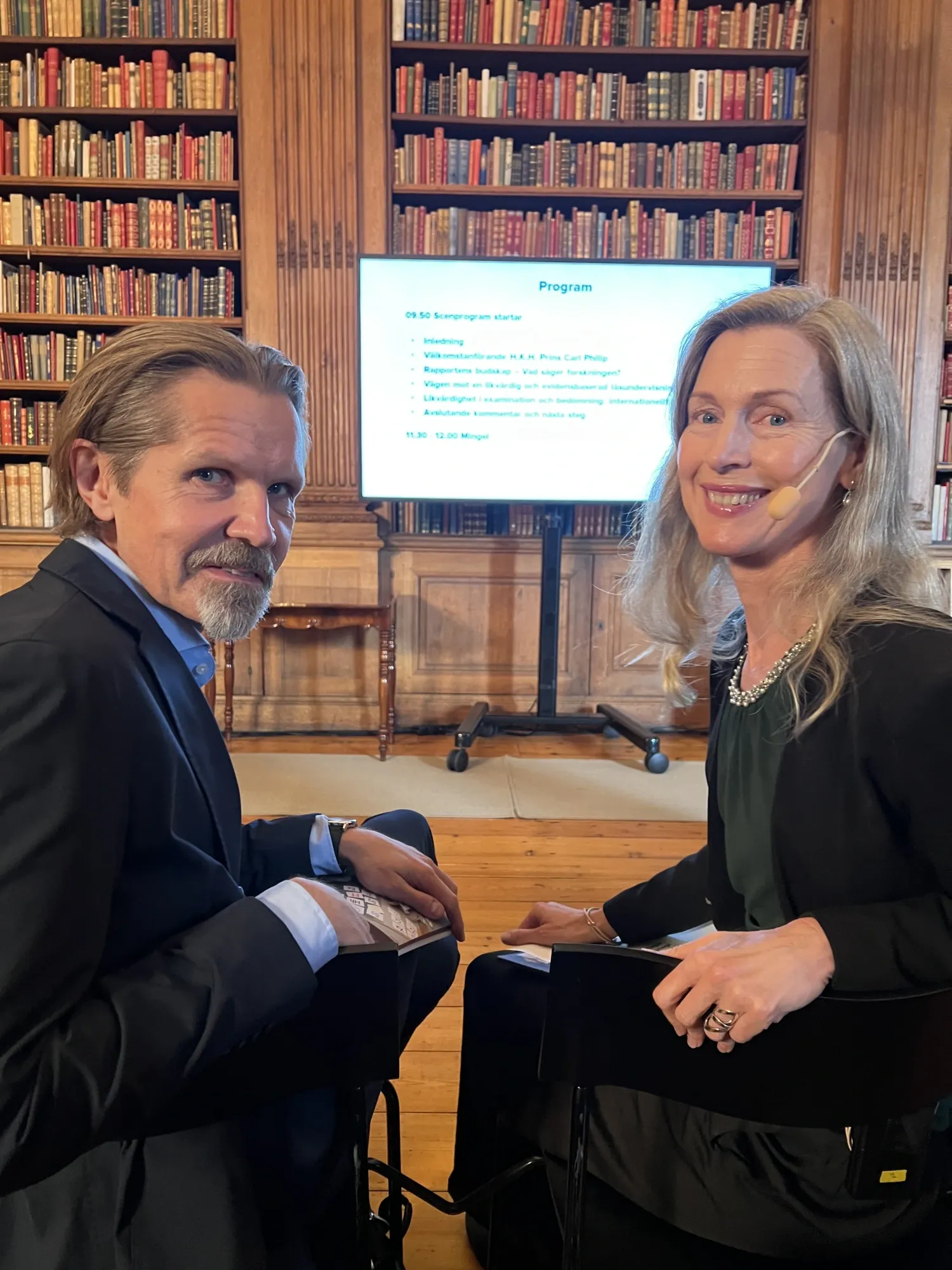New knowledge review of dyslexia for increased understanding, early interventions, and better support

Between five and ten percent of the population has dyslexia. A new report from Karolinska Institutet summarizes the latest research and current state of knowledge.
“Our society places high demands on reading and writing skills,” says Martina Hedenius, PhD in Speech and Language Pathology and first author of the study. “Receiving the right support and response early on is an important factor for success for individuals with dyslexia.”
The report, titled “Dyslexia – Research and Practice in Sweden in an International Context,” has been produced by KIND (Center of Neurodevelopmental Disorders at Karolinska Institutet) on behalf of Prinsparets Stiftelse (Prince Carl Philip & Princess Sofia’s Foundation).
“Our ambition has been to make this knowledge easily accessible to both professionals and the general public,” says Martina Hedenius, researcher at the Department of Women's and Children's Health, KI.
Difficulties of reading and writing in a school setting
The report emphasises the importance of early interventions.
“One problem in Sweden today is that early reading instruction is not sufficiently evidence-based. This means that students risk developing reading and writing difficulties, while students with dyslexia do not receive the support they need,” says Martina Hedenius. “We also need a stronger focus on preventing difficulties during the preschool years.”
For decades, Sweden has had ongoing discussions about which reading methods are most effective. The report concludes that early reading instruction should include systematic and explicit teaching about the connection between sounds and letters (phonics or structured decoding methods), combined with language-developing activities that support reading ability.
For students with dyslexia, instruction must additionally include more extensive, intensive, and long-term reading training in small groups or individually.
A broad approach to dyslexia
The report includes a comprehensive review of research, Swedish practice and international examples, as well as an extensive reference section for further study. It also highlights a life-span perspective, co-occurrence with other neurodevelopmental conditions, strengths and lived experience, and how Swedish practice can be improved.

“We want to help ensure that research-based knowledge about effective reading instruction reaches schools, teacher education programs, and decision-makers,” says Professor Sven Bölte at the same department, senior author of the report and director of KIND. “In addition, we hope the report contributes to greater knowledge and awareness of dyslexia, which would be a benefit to society as a whole.”
The report shows that with the right support, early interventions, and increased societal knowledge, more people with dyslexia can reach their full potential.
